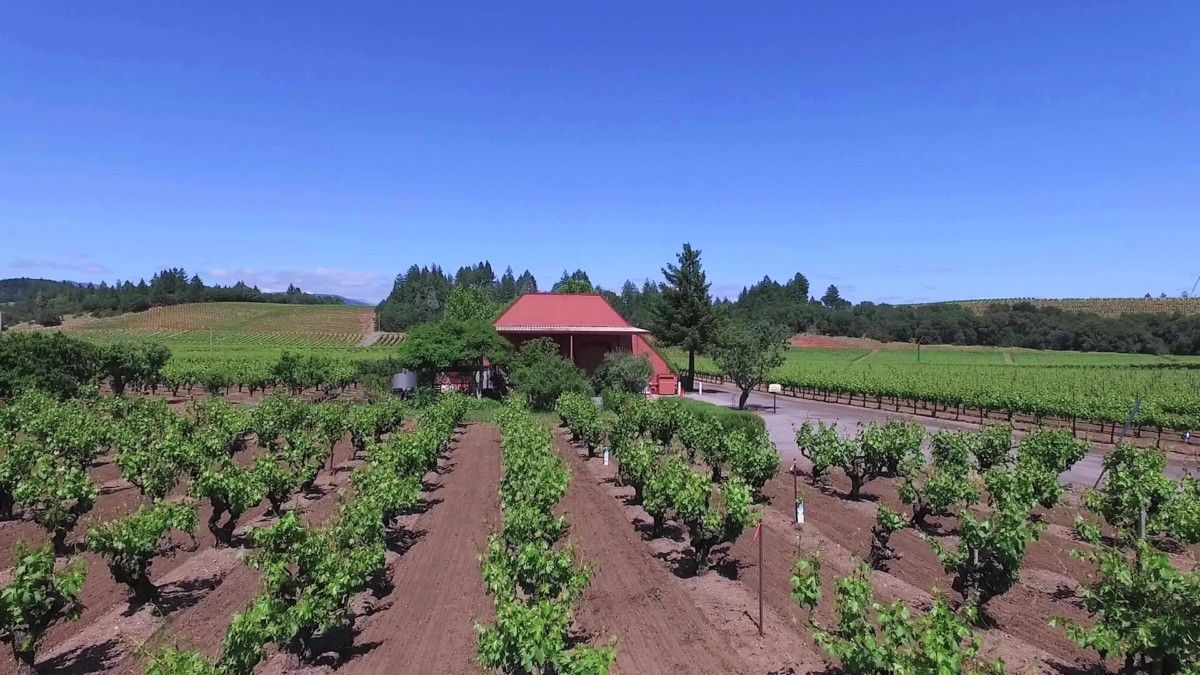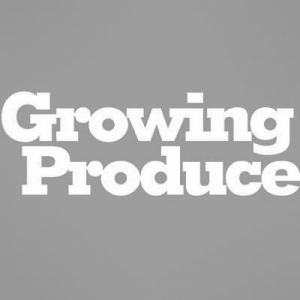“This is the way everyone used to farm”
How To Dry Farm Winegrapes


Kendall Lambert
Dry farming refers to crop production in the dry season without supplemental irrigation. “This is the way everyone used to farm,” says Dave Osgood, a dry farmer in Paso Robles. Vineyards in California were dry-farmed or flood/furrow irrigated until the 1970s when drip irrigation was introduced and changed the mainstream model for winegrape growing.
Dry Requirements
Although the minority, dry-farmed vineyards can still be found in every wine region in California, from vineyards planted in the late 1800s to newer vines from the 2000s. But not every vineyard site can be dry farmed, and dry farming requires vineyard management and design that support vine health and growth without irrigation. Vineyard techniques will vary for each site, but here are the key concepts and some general advice from dry farmers across California.
Site Selection
The vineyard site must have sufficient annual precipitation and soil-water-holding capacity to provide moisture over the dry growing season. Jean-Pierre Wolff, owner and vintner at Wolff Vineyards in San Luis Obispo, suggests looking up annual precipitation and average temperatures for the site, and taking soil samples.
15 inches to 20 inches of annual rainfall is a good estimate of the minimum necessary to dry farm, although some farmers with excellent soils dry farm with 9 to 11 inches.
The best soils for holding water are clay loam or sandy loam; avoid very sandy or fractured soils.
Deep soils hold more water. “Nothing is drought tolerant on shallow soils,” says Andy Walker, a professor at University of California-Davis Department of Viticulture and Enology. With only 2 to 3 feet of topsoil, it can be difficult to dry farm.
“See what grows there naturally,” Osgood adds. “If it is only dry grass land, then it may be hard to dry farm, but if you have oak trees, shrubs, flowers, and grasses, then you have water in the soils.”
Variety And Rootstock
Variety selection will depend on the location of the vineyard. The most commonly dry-farmed variety is Zinfandel. More vigorous varieties such as Grenache, Mourvedre, Cabernet Sauvignon, Tempranillo, Petite Sirah, Sauvignon Blanc, and Viognier are also dry farmed. The most difficult varieties to dry farm? Pinot Noir and Barbera.
Rootstocks that promote deep and extensive root growth are necessary for dry farming; the vines will be able to find water sources deep in the soils. Growers should choose the rootstock that is matched with the vigor of the soil and scion, resistant to present soil-borne pests and diseases, as well as their dry farming needs. St. George, 1103 Paulsen, 110 Richter, and 140 Ruggeri are commonly used rootstocks.
Vineyard Architecture
Vine spacing in dry-farmed vineyards is larger than what is found in irrigated vineyards. Spacing will vary depending on the annual rainfall and soil conditions; the more rain and greater water-holding capacity of the soils, the closer together the vines can be planted. Vineyards in the North Coast are generally spaced at 8-by-8 feet or 9-by-9 feet, whereas down in hotter, drier regions like Paso Robles, the vine spacing is more commonly 10-by-10 feet or even 12-by-12 feet.
Most dry farmed vineyards in California are head trained. Walker indicates that vines trained to wire trellis systems can be dry farmed, but head training provides many benefits for dry farming: “head training promotes smaller vines with less wood, meaning that the vine uses less carbohydrates and less water. Head training also provides natural shade for the vine, allows for air flow in a hot climate, and allows for the cross cultivation of the rows.”
Soil Management And Cultivation
Supporting healthy soils and increasing water-holding capacity is necessary to provide the vines with moisture during the dry season. Soil management and cultivation varies widely among growers and vineyard sites due to the particulars of the farm, but here are a few common practices:
Cover crops are planted in the winter and can increase the infiltration rate of winter rains into the soils and slow erosion. These crops increase soil organic matter and, if legumes such as beans are in the mix, they can provide nitrogen to the soils as well.
Most dry farmers will cross cultivate their rows as soon as the rains stop. Growers will mow down the cover crop and then disk the soils to mix in the decaying cover crop material and to create a 3 to 4 inches seal of soil known as “dust mulch.” This is a dry, even blanket of soil that traps in the deeper moisture and reduces evaporative losses from the soil.
Some growers practice no-till farming and simply mow down cover crops. This reduces soil disturbances and may increase soil organic matter.
The Economics Of Dry Farming
Lower yields due to fewer vines per acre and less available water are serious deterrents to dry farming. Every grower will have to determine economic feasibility of dry farming his piece of land. On average, a dry-farmed vineyard yields 2 to 3 tons per acre, whereas an irrigated vineyard for premium wine production may yield around four tons per acre, although this varies widely depending on location and practices. Further, risk of water stress due to lack of rain is a concern for dry farmers. Growers with drip lines have the equipment to irrigate if years are dry to prevent severe yield and economic losses, and it is this flexibility and risk control that dry farmers do not have.
With potentially lower yields and increased risk, why dry farm? Over and over again, growers and winemakers report that the quality of dry-farmed grapes is hard to beat. It is generally accepted that wine grape quality benefits from water stress, but in addition to the concentrated berries and flavors attributed to water deficits, dry-farmed vines, with their deep roots, are said to have a more unique expression of place. This is a hard thing to quantify but, as Jason Haas of Tablas Creek Vineyards in Paso Robles writes in his blog, he believes that dry farming is the most important factor contributing to the lower alcohol, intensity, and balance of their wines.
With these dry-farmed grapes comes the possibility of higher prices, long-term contracts for growers, and high-quality wine production. “I sell all my (dry-farmed) grapes every year,” says Paul Bernier, a Sonoma County Grower, “and that is no small thing.”
Another economic factor is capital costs. Planting a head-pruned dry-farmed vineyard costs far less than planting an irrigated and trellised vineyard. Osgood indicates that it costs about $6,000 per acre to plant his dry-farmed vineyard, whereas irrigated and wire trellised vineyards can cost between $30,000 to $40,000 per acre (excluding land costs). However, it may also take three or four years for a dry-farmed vineyard to come into premium wine production, as compared to two years for some irrigated vineyards.
The ultimate determination on economic viability will be done on a grower-by-grower basis. But one thing is clear: dry farming is a passion. “Don’t get me wrong, it isn’t easy. But there is less to break, less to worry about compared to irrigated vineyards. It is like gardening,” Osgood says, leaning on his vines. “I’m out in the fields walking around, and I love these things.”
